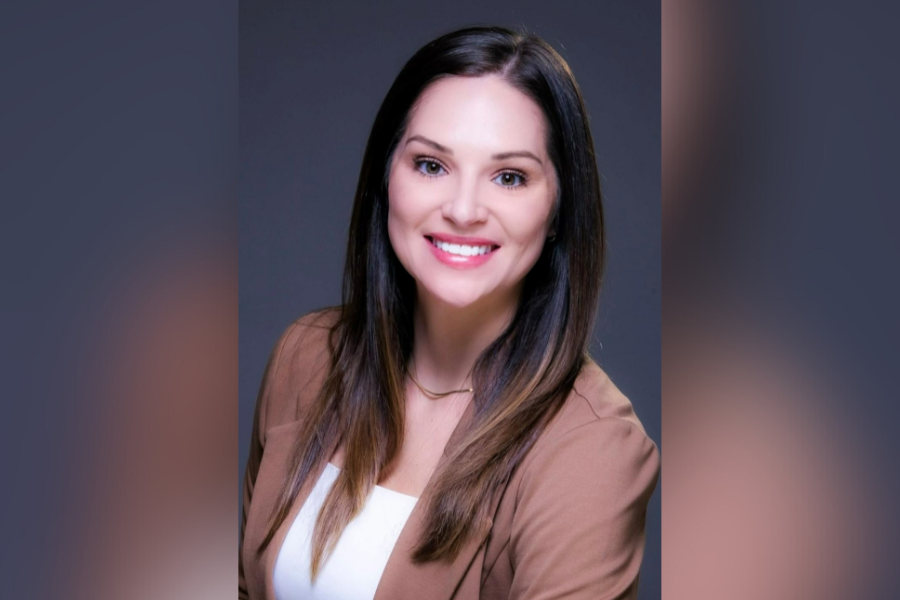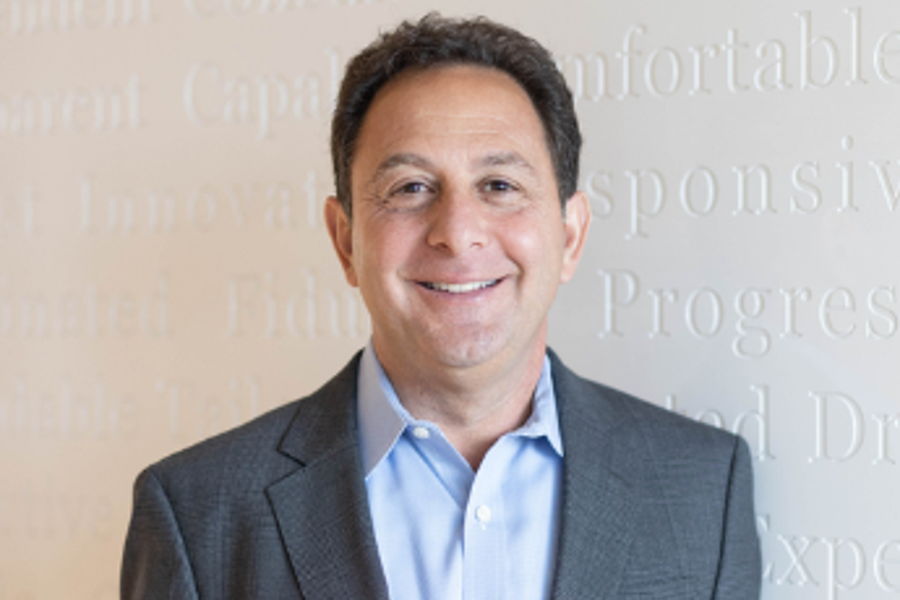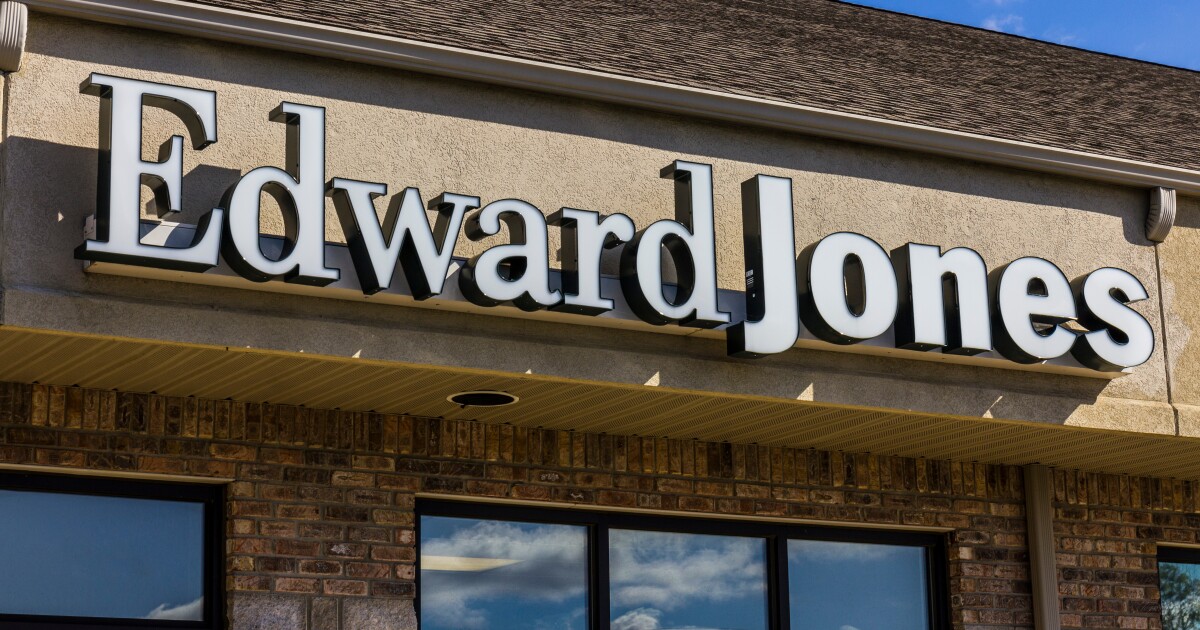[ad_1]
Our experts answer readers’ banking questions and write unbiased product reviews (here’s how we assess banking products). In some cases, we receive a commission from our partners; however, our opinions are our own. Terms apply to offers listed on this page.
- Opening multiple savings accounts can benefit some but is hard to manage for others.
- Weigh the pros and cons of having multiple savings accounts before deciding.
- If you decide to open multiple savings accounts, stay organized and review FDIC limits.
The best savings account interest rates are the highest they’ve been in years, and you may be tempted to open a second account.
How many savings accounts can you have — and how many should you have?
How many savings accounts can you have?
You may open as many savings accounts as you want. Savings accounts are tools for growing your money, so you can keep things simple and maintain one account or open multiple savings accounts.
While it may ultimately depend on your unique situation, there are some advantages and disadvantages to opening more than one savings account. Here’s what you need to know.
Advantages to opening multiple savings accounts
One benefit of opening multiple savings accounts is that you can save money for specific goals.
For example, let’s say you’re saving money for a down payment on a home. Having another savings account may help with staying disciplined, says Mike Landsberg, CPA, CFP, CPWA, PFS, and principal with Homrich Berg Wealth Management.
“You’re not going to be tempted to spend that if it’s not your regular savings account,” explains Landsberg. “Its funds that are earmarked for certain goals, whether it be a home down payment, or whatever it might be.”
Another advantage to opening up more than one savings account is that you can take advantage of higher yields. Traditional savings accounts at a brick-and-mortar bank typically offer lower savings account interest rates than high-yield savings accounts at online banks.
Jaime Eckels, CFP and partner at Plante Moran Financial Advisors, says you could open a second savings account to earn more interest on your cash. You could move some money into a high-yield savings account to save for a specific goal, while still keeping your traditional savings account at a brick-and-mortar bank to have access to more banking services.
Lastly, if you open multiple savings accounts, you’re also covered for more money by the FDIC or NCUA. Savings accounts are federally insured for up to $250,000 per depositor, per ownership account category at each financial institution.
One way to go beyond the standard insurance limit of $250,000 is to open up bank accounts at different banks or ownership account categories. Ownership categories include individual bank accounts, joint accounts, traditional IRAs, Roth IRAs, revocable trust accounts, and irrevocable trust accounts.
Disadvantages to opening multiple savings accounts
Opening up multiple savings accounts also comes with several potential disadvantages.
Eckels says managing several savings accounts can be difficult to manage for some clients.
“It depends on the client, whether they’re someone who’s organized, can keep track of it, and stay in tune with what’s going on at the different institutions or within the different accounts — or somebody likely to lose track of it, and it’s going to become more burdensome than it is a benefit,” says Eckels.
Eckels points out that you’ll have to be mindful of minimum balance requirements at some banks. Some bank accounts charge monthly bank maintenance fees if you don’t meet certain balance requirements. If you have a tiered-interest savings account, you also may earn less interest or no interest depending on your account balance.
Landsberg adds that managing multiple accounts can make savings more complicated.
“More passwords, more logins. Our lives are already complicated enough as is. One thing I’ve seen for a lot of clients of mine, they really appreciate simplifying their balance sheets. The value is in the eye of the beholder, obviously, but some people don’t want to have to track three or four different savings accounts,” says Landsberg.
Tips for managing multiple savings accounts
If you decide to open multiple savings accounts, here are some tips for managing them:
- Keep track of your accounts. You don’t want to accidentally forget you have an account open. If you have a savings account with a monthly bank maintenance fee, make sure you meet the monthly requirements to waive the fee. If you have a savings account with a tiered interest rate or minimum balance requirements, monitor your account balance to ensure you are earning interest.
- Remember to report interest on your accounts in your tax returns. Banks often send a 1099-INT form at the beginning of the year, and you report the interest when you file your taxes.
- Regularly review the purpose of your account. Eckels says you should stay on top of the reasons why you have those different accounts and see if those reasons change. You might decide to move money to another account.
- Check all of your money is insured. If you have more than $250,000 in savings accounts in the same ownership category, some of your money may not be insured. This means it may not be protected if a bank fails. You can use the FDIC’s federal insurance calculator to check that all of your funds are insured.
Alternative savings options
If you want to keep your savings strategy simpler, you could open a savings account with bucketing features. These savings accounts let you create individual goals in one account, such as House Down Payment or Emergency Fund, and track progress.
With this option, you may still need to be mindful of federal insurance limits, but it may also be easier to track since you have one primary account.
As a reminder, savings accounts are best for short-term savings goals and an emergency fund. If you’re looking to save money for a long-term goal, like retirement, experts recommend investing your money. You can find a financial advisor to help you figure out your financial needs and develop a financial management strategy.
Multiple savings accounts: FAQs
It is OK to have multiple savings accounts if doing so aligns with your goals and isn’t difficult to manage.
Yes, you can technically open three savings accounts with the same bank. However, make sure all your money is FDIC- or NCUA-insured.
It varies across financial institutions. For example, Ally Bank lets you open up to 10 savings and money market accounts and 40 CDs simultaneously. Some financial institutions may not specify a limit on how many savings accounts you can open.
Having a savings account generally doesn’t impact your credit score. Typically, you can open multiple savings accounts, and that will not play a factor in your credit.
SoFi Checking and Savings
Earn up to a $250 bonus with qualifying direct deposits for eligible customers through 12/31/2023. Earn up to 4.60% APY on savings balances (including Vaults) with direct deposit
[ad_2]
Source link




